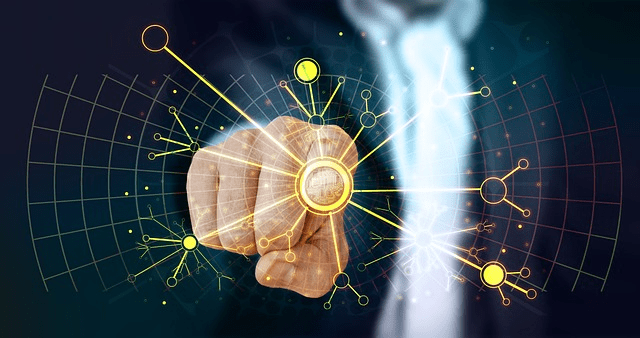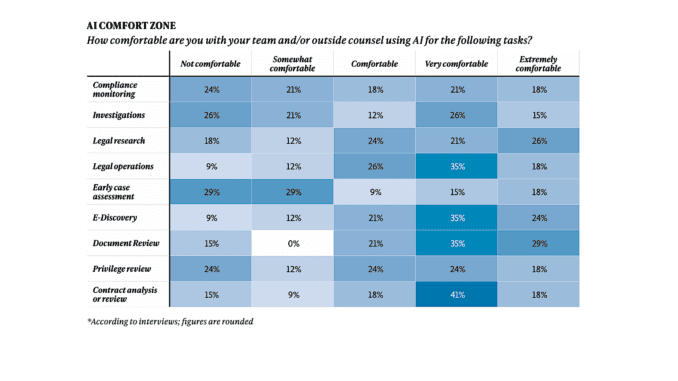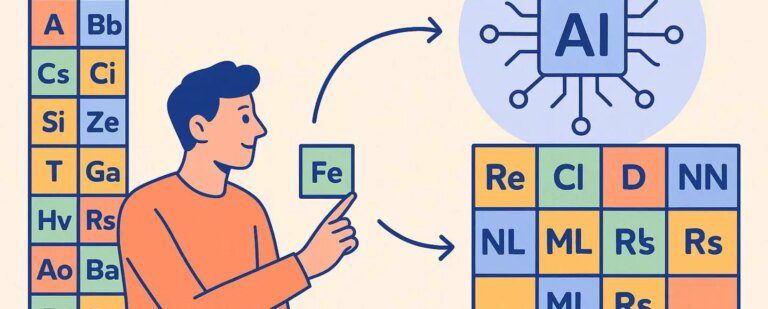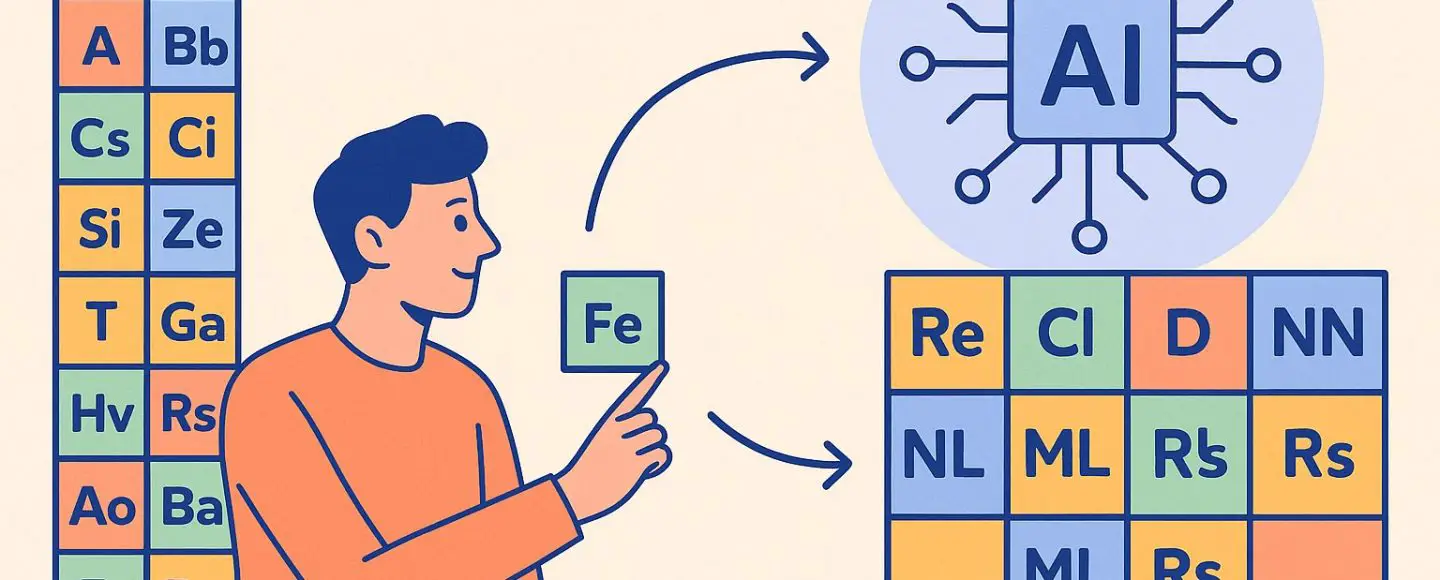Chatbot Telegram 10 Crazy Useful Things...

How to Become Immortal Using AI?...

Understanding SoTA Language Models (BERT, RoBERTA,...

An Alternate Formulation for Causal Inference...

AI Is Now Within Inhouse Lawyers’...

AI’s hallucination problem is getting worse

What an AI Training Data Collection...

Exploring the Machine Learning Periodic Table

Roadmapping the AI race to help...

Marek’s Dev Diary: May 22, 2025


Chatbot Telegram 10 Crazy Useful Things...
What Makes Telegram Chatbots So Useful? In this digital era, we prefer almost anything to be speedier and more convenient,
READ MORE
How to Become Immortal Using AI?...
We all leave traces behind: emails, text messages, photos, voice notes. But what if you could go one step further?
READ MORE
Understanding SoTA Language Models (BERT, RoBERTA,...
Hi everyone, There are a ton of language models out there today! Many of which have their unique way of
READ MORE
An Alternate Formulation for Causal Inference...
Causal inference is an important and active area of artificial intelligence research today. Indeed, no less than Turing award winner
READ MORE
AI Is Now Within Inhouse Lawyers’...
Research by FTI Consulting and Relativity has found that inhouse lawyers now view genAI technology as very much within their
READ MORE
AI’s hallucination problem is getting worse
Despite significant advancements in artificial intelligence, a concerning trend is emerging: the newest and most sophisticated AI models, particularly those
READ MORE
What an AI Training Data Collection...
In the context of artificial intelligence (AI), information is the building block used for training and operating models. The diversity,
READ MORE
Exploring the Machine Learning Periodic Table
Exploring the Machine Learning Periodic Table Exploring the Machine Learning Periodic Table opens a gateway to simplifying complex algorithms and
READ MORE
Roadmapping the AI race to help...
This article accompanies a visual roadmap which you can view and download here. Roadmapping is a useful tool to allow
READ MORE
Marek’s Dev Diary: May 22, 2025
What is this Every Thursday, I will share a dev diary about what we’ve been working on over the past
READ MORE